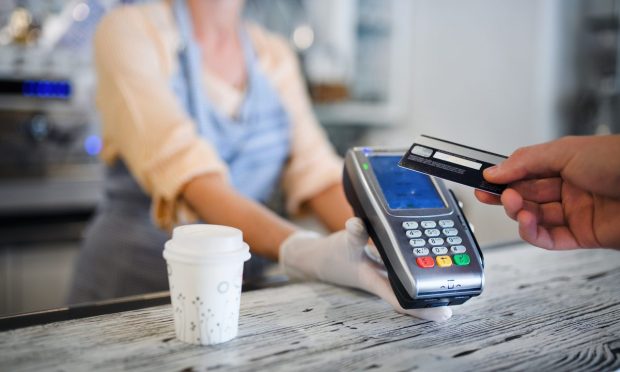Fed: Pandemic Caused In-Person Card Payments to Drop by $11.7B in 2020

In a report released Wednesday (Dec. 22), the Federal Reserve said that payment behavior saw a massive, pandemic-driven shift in 2020.
As in-person commerce dwindled, in-person card payments also fell. As a result, there were around 11.7 billion fewer payments made, which is the first one-year decline of in-person payments in the Fed’s data.
However, remote card payments were up 8.7 billion, which was the biggest on-year boost ever seen.
In addition, the value of remote payments also rose, hitting $3.85 trillion. That’s compared to $3.2 trillion for in-person payments — the first time remote payments were the higher number.
The report says that eCommerce transactions made up around 67.8% of remote card payments, compared with 64% in 2019. Additionally, consumers continued embracing new payments technology, including contactless payments and digital wallets, both of which saw a boost.
Digital payments in general have been massively increasing as of late. Large amounts of consumers now have a desire to mesh all of those experiences into a single interface, with 67% of consumers saying they would want at least two digital payment facets to be rolled into a single app.
The idea is to provide consumers with a centralized way to deal with a broad range of digital activities, according to the PYMNTS study “The Connected Consumer in the Digital Economy,” which surveyed 3,166 consumers.
Related: 67% of Consumers Want a Super App to Manage Their Digital Activities
There are several factors driving the new interest, including consumers who are “information seekers” looking into a single place to put data on shopping, travel and entertainments.
There are also people who are “financial wellness seekers” looking for a lone place to access various different bank accounts and ways to make payments, and “convenience seekers,” who are looking for easier ways to get information and transact across various parts of the connected economy.
